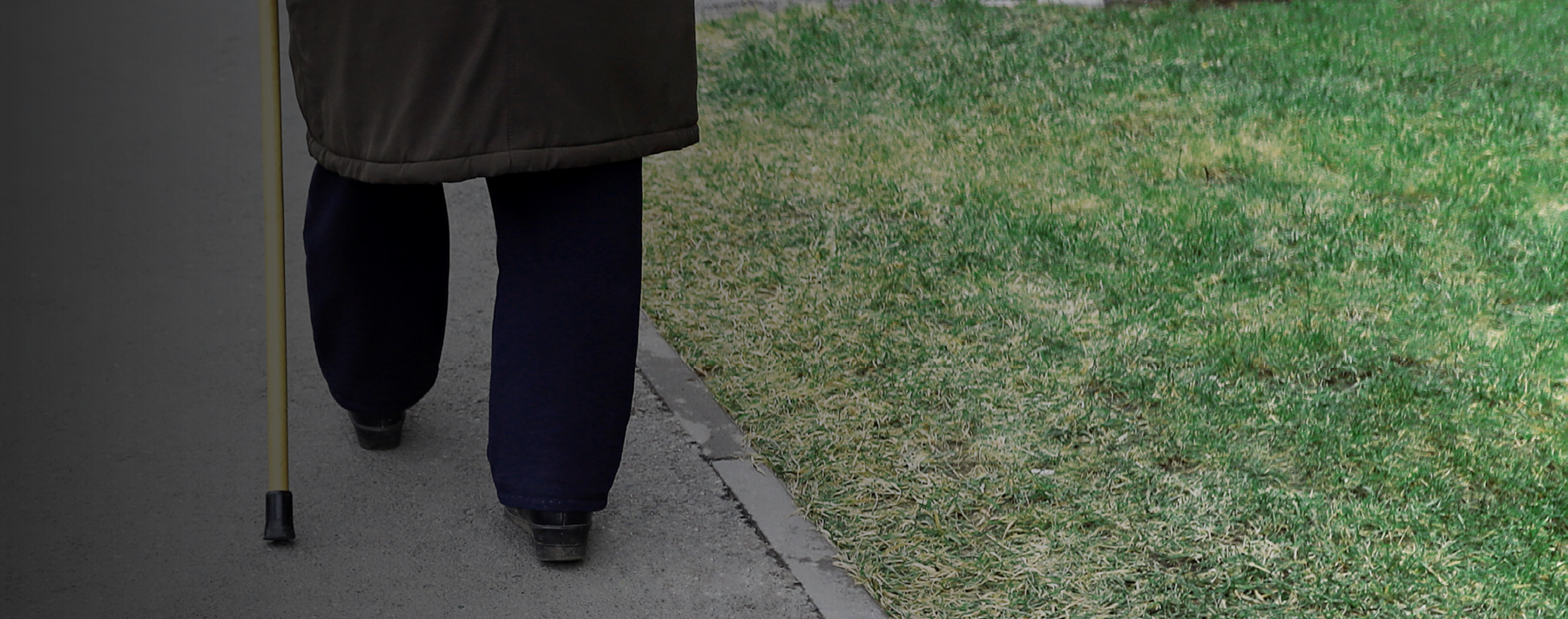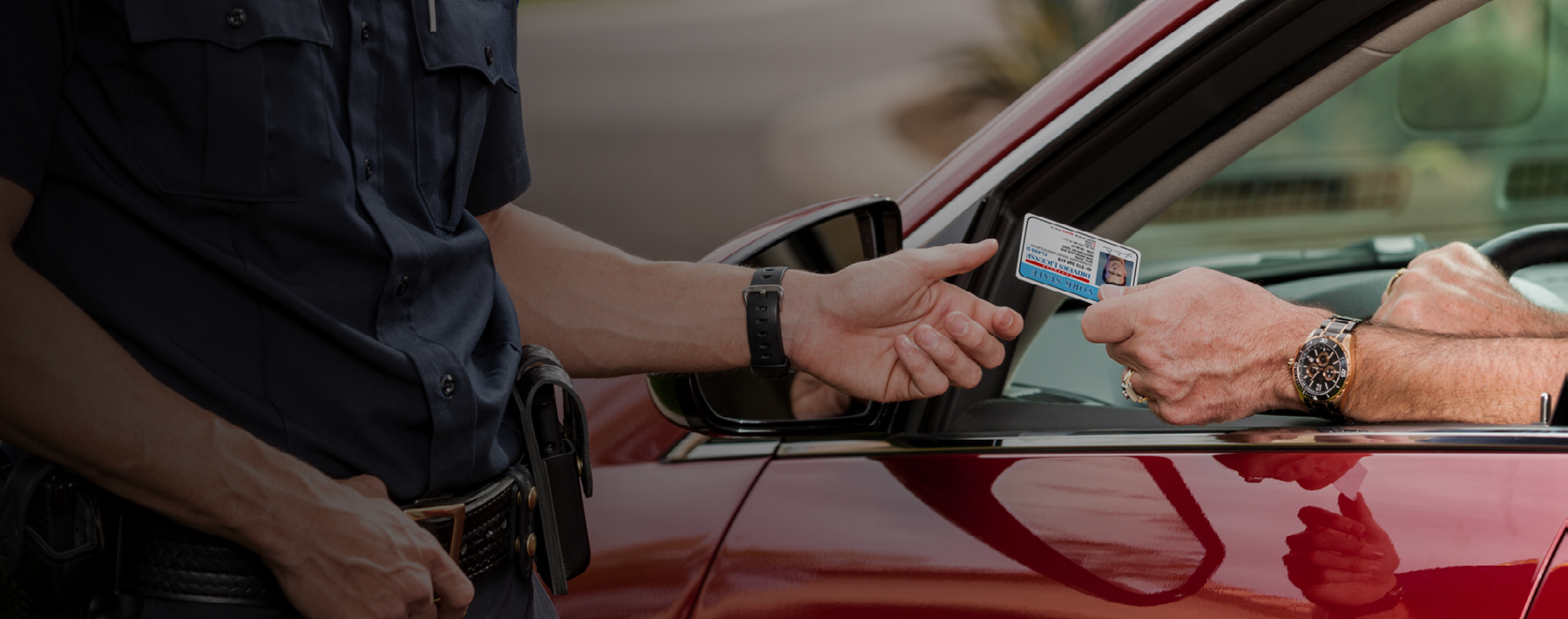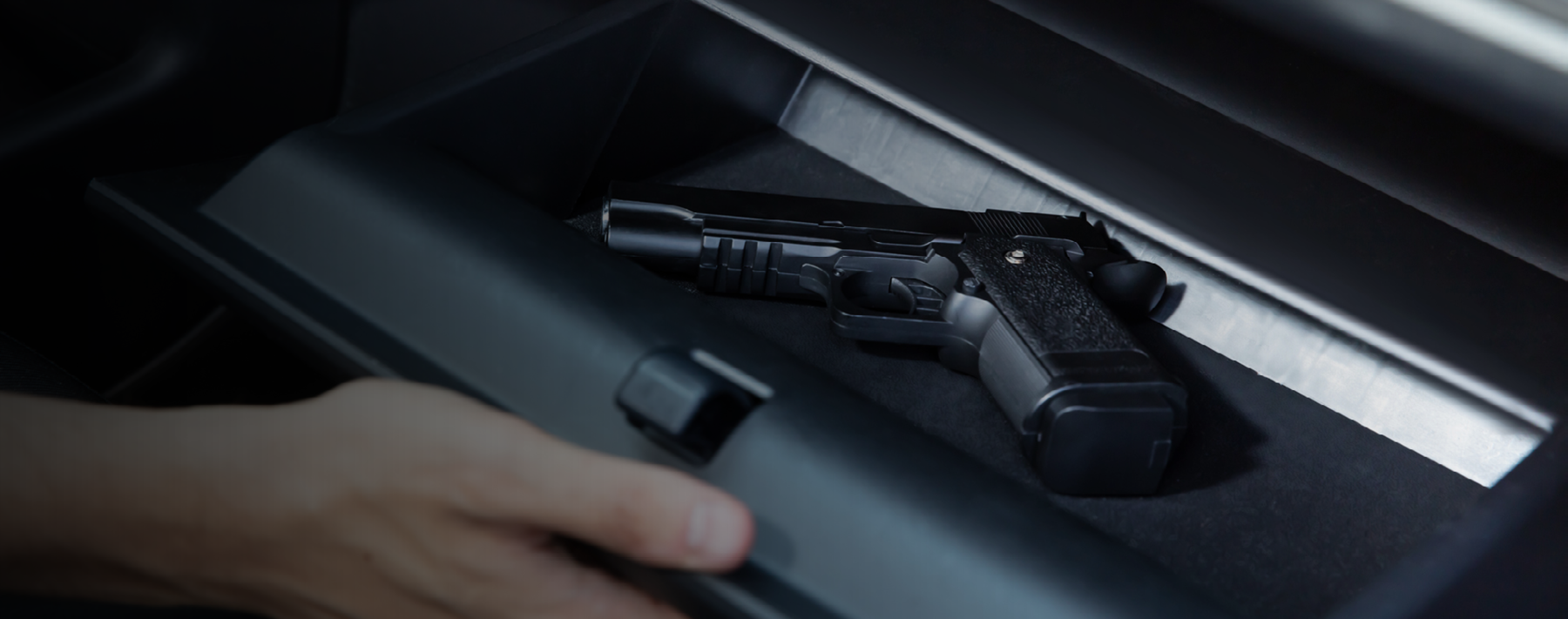People v. Tacardon, 521 P.3d 563 (Cal. 2022)
A deputy was patrolling an area known for drug sales and weapons crimes. He had the patrol car’s high beams on for “extra visibility.” The deputy drove past a BMW legally parked in front of a residence, in the vicinity of a streetlight. The car’s engine and headlights were off and the deputy noted smoke wafting from slightly open windows. He saw three people inside and made eye contact with the occupants as he drove past them. The deputy made a U-turn, parked 15 to 20 feet behind the BMW and turned on his spotlight. He did not activate his siren or emergency lights or issue any commands. He sat in his patrol car for 15 to 20 seconds while he informed dispatch of his location. He then approached the BMW at a walking pace; he did not draw a weapon.
As the deputy came within a few feet of the BMW, he smelled marijuana smoke coming from inside. The rear windows were tinted. Even with the spotlight on, the deputy had to use a flashlight to light up the interior of the vehicle. He saw three clear plastic bags containing apparent marijuana on the rear passenger floorboard. Leon Tacardon sat in the driver’s seat, identifying himself upon the deputy’s request. The deputy saw a partially burned, hand-rolled cigarette in the center console and asked Tacardon about it and the leafy substance in the bags. Tacardon acknowledged he was on probation.
More than the use of a spotlight, what the officer didn’t do weighed against creating a detention.
The deputy returned to his patrol car and verified Tacardon’s probation status. When another officer arrived, the deputy placed Tacardon in the back of the patrol car and searched the BMW. The deputy seized the three bags of marijuana and a vial containing 76 hydrocodone pills. A search incident to arrest revealed Tacardon was carrying $1,904 in cash.
Tacardon claimed he was unlawfully detained when the deputy shone the spotlight into his car. The California Supreme Court disagreed, holding that the “use of a spotlight, standing alone, does not necessarily effect a detention.” Instead, it is just one factor in the totality of the circumstances. Most courts across the country apply a similar analysis.
More than the use of a spotlight, what the officer didn’t do weighed against creating a detention. The officer “did not stop Tacardon’s vehicle or block him from driving away. He did not activate a siren or emergency lights or give directions by loudspeaker. He did not approach rapidly or aggressively on foot or draw a weapon. He gave no commands and made no demands…He spoke in a calm and moderate voice.” In other words, he talked nice and thought mean.
The court remanded the case for the lower court’s consideration of whether the deputy’s direction to a passenger to stand away from the car when she started to walk away could be reasonably interpreted to create a detention of the driver.



